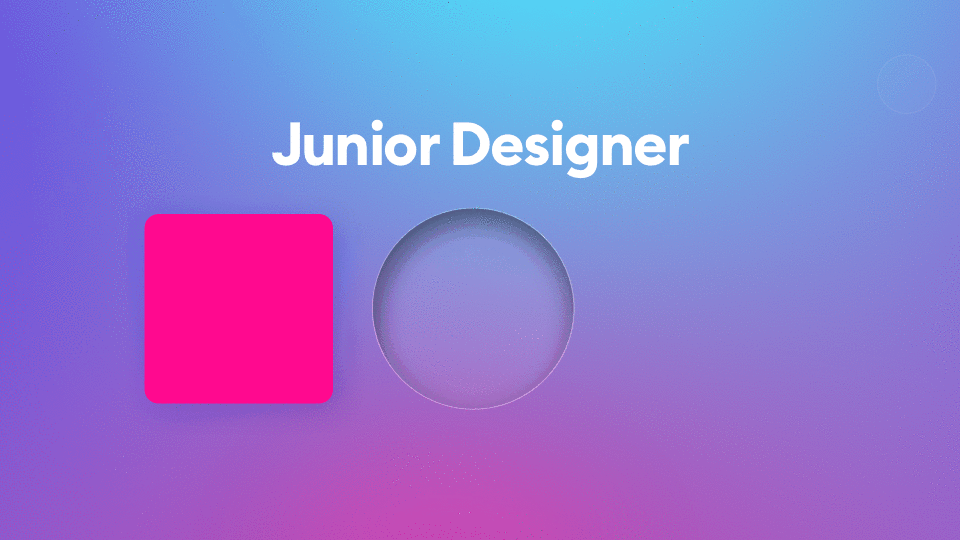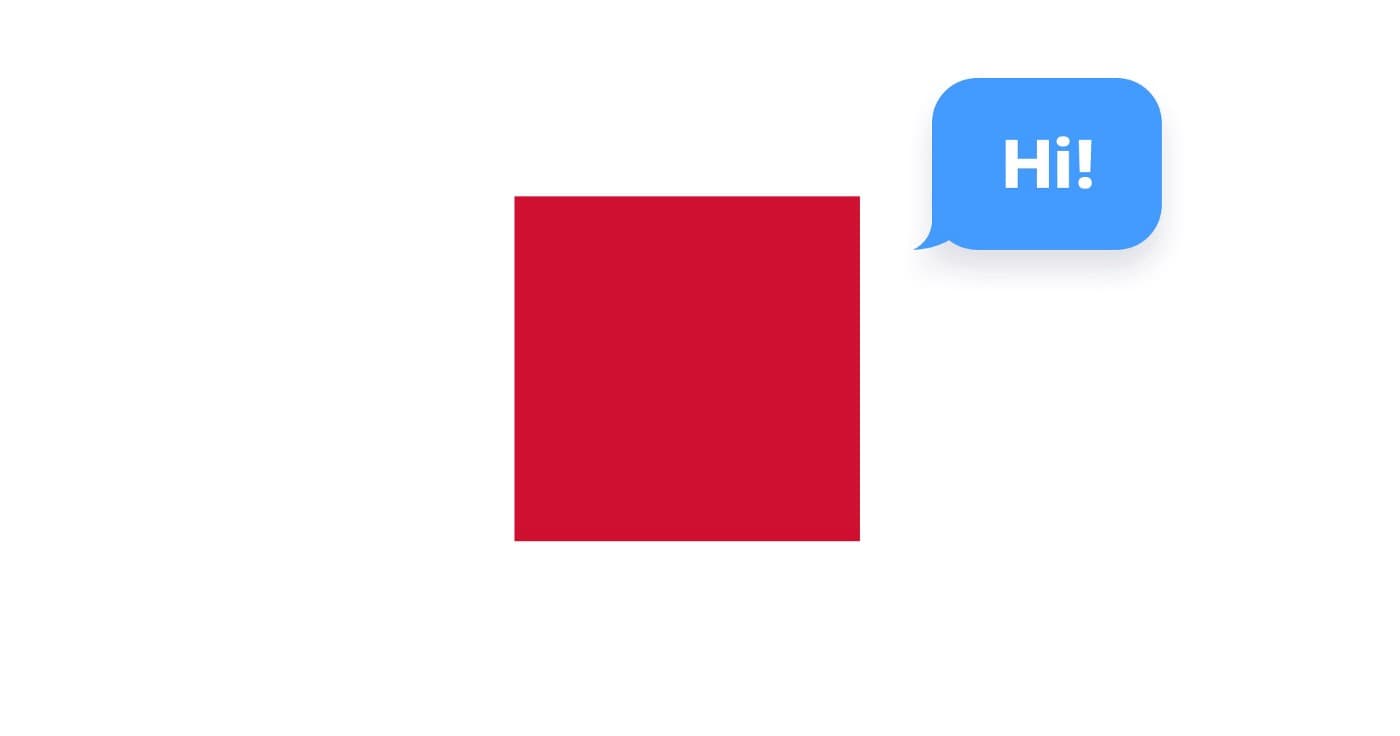If you’ve read some of my articles, you know that I’m all for discipline and ambition. I believe that working hard is the best path to success. It took me longer than I’d like to admit to “make it” in the industry and start working for large, international clients. I want to share some of my thoughts with you — junior designers, as I believe there are some traps that I hope you’ll be able to avoid.
There is the popular saying of “working hard vs working smart” which I think is only partially true.
You should work both hard and smart at the same time.
Malcolm Gladwell famously said:
It takes a minimum of 10 000 hours to master a skill
That’s a little over a year of practicing NON-stop, so in reality, it means you can master a skill in 4–5 years if you commit to 8 hours of practice every day. And we both know that’s nearly impossible.

Now of course it’s not that simple. For one thing — you can’t really “master” design as it’s changing and transforming all the time. Also: some people are faster than others. But we get hung up on that time or “years of experience” quite a lot as a factor to define how good we are.
Now let’s get to design careers.
Most people estimate that a junior designer has between 0 and 3 years of commercial experience. Assuming, that most of that experience is real work, not meetings, it’s still not enough to truly be a master, but it’s getting there. Besides nobody expects mastery from a junior anyway.
Senior designers are usually people who either worked over 3 years in the industry, or — which I find extremely funny — had a senior role previously. So you can hack the system by being a senior designer in your own company, and then apply for a senior role right away. Some recruiters may even fall for that.
But let’s get back to our practice exercise.
Practice makes perfect?
The old saying of practice makes perfect has been a mantra of many design students. Then UX / Design bootcamps came with their promises of instant-career (just add water). Sure, we live in a fast (and increasingly faster) world, and people expect to have what they desire right now.
Same day delivery of your design career. Just sign up!
Assuming that practice (in any form and style) does indeed make perfect, let’s look at the job market right now.

Which candidate would you pick if this was the only project of 6 different people?
Attack of the clones
Both UX and front-end development has been hot trends for young people when choosing a future career. After all, they pay well and are seemingly accessible with all the courses and university classes around.
But among the bootcamp promises, many stopped mentioning the “practice makes perfect” mantra. It doesn’t fit the new model of teaching based on instant gratification.
Practice implies hard, repetitive work. Showing up on time. Showing up daily. A grind.
And without external motivation towards practice, many junior designers start to think that their bootcamp is enough. In some of our own recruiting efforts, and some friendly companies, we noticed a pretty scary trend. We called it:
The same, one project portfolio.
Most bootcamps and online courses leave you with “a project” at the end. This is a good thing if you consider it a starting point to further self-development. But many young designers, lulled by the promise of instant-career, start applying for jobs with just that one “course-project” under their belt.

You need to love what you do.
If your only reason for a career in design or development is money, then you’re probably not loving the field. It shows. Most employers and recruiters see that disconnection between what you aspire do and who you are. It’s not inspiring anyone to hire a person like that, sorry.
I believe a mix of discipline and curiosity is essential to thrive and I hope more young designers will take it to heart.
And that curiosity should inspire you to try things on your own. Do “passion projects” and build out your portfolio yourself. Nobody is going to do it for you. You can use that bootcamp or course project as a base, but show a lot more. Show that you care and that you put in the effort.
If you show up with just one project, it means you didn’t put in any work outside of your learning experience.

If you pick the path on the left, it doesn’t matter how many hours you spend practicing.
But perfect practice makes perfect
And here we run into a problematic loop. That’s because not all practice makes perfect. If you’re randomly hitting the keys on your keyboard, chances are you’ll write Hamlet eventually, but it will take a very long time.
You need proper “form”, as they say in the fitness industry. Doing a pull-up is a great overall exercise, but if you have a bad form, you may end up hurting yourself instead of improving your physique.
Now apply that principle to the designs you do. Below I outline some problems you may encounter along the way.

Design by Diana Malewicz
The Dribbble effect
The condescending outlook on doing Dribbble design challenges is mostly coming from those UX “designers” who don’t do much design themselves. Of course there is merit to it — Dribbble is eye-candy. But it’s also where really cool visual trends and patterns emerge that with some tweaks can inspire great, real-life products.
So should you try to replicate Dribbble shots when you’re beginning your UI journey?
Absolutely.
Just think of it as practice of just one part of the field — the visual design. If you master the “unrealistic” designs, you’ll be able to dial it back a bit under some guidance and still create outstanding work.
At some point, you’ll learn to use proper contrast and realistic flows, but you’ll learn good hierarchy, explore new font choices and likely find out some techniques you were not aware of.

There are countless different styles of the UX process, and you will likely forge your own at some point, but one thing is common to all of them: at some point you need external input.
My UX is better than yours
UX is a complex beast. Whether you want to be a designer, or a researcher, there are a lot of external factors you need to consider. You can’t really learn UX completely on your own.
Whether you want to follow the old, lengthy processes with personas, scribbles and lots of meetings, or the new, agile design+test+repeat way, you need to be able to actually see the impact of what you do. It’s very hard to achieve with personal projects when you’re just starting to build a portfolio.
One idea is to try and apply to some non-profits, or do some user studies for free. That way you’ll be able to “touch” some real work before the real work truly begins.
Ok Mike, but …

Have any questions?
Enough with the negative outlook though. Things aren’t peachy for juniors right now, but they can always get better. You can get help and guidance in many places online, but not everyone knows where to look. There’s just too much information out there — often conflicting.
If you’re a junior designer, tweet me your questions @michalmalewicz and I will try to give you an honest, thorough answer as soon as I can.
Ask me anything about design (both overall good UX design, and also specific UI related things). I’m from the agile-UX school, so I like my processes fast, iterative and filler-free.
I believe at some point it is our responsibility to start giving back to the community. And this is exactly what I’m going to do.






